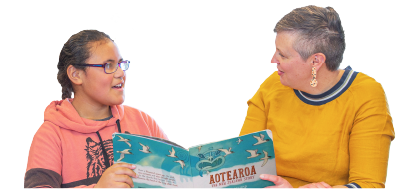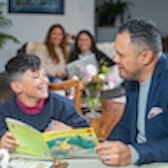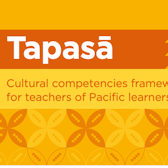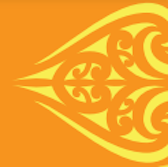Key messages from Tapasā
Tapasā was initially designed for non-Pacific teachers of Pacific learners. However, across the education sector, Tapasā is also highly valued as a guide for raising cultural awareness, building cultural competencies, and engaging effectively with Pacific learners in culturally responsive ways to ensure that Pacific learners reach their full potential. For Tapasā to succeed, kaiako need to foster collaborative relationships between learners, their parents, families, and communities. Key elements highlight the importance of supporting Pacific learners to be secure in their identities, languages and cultures, promoting a sense of wellbeing through meaningful engagement and contributions.
Tapasā shows teachers and leaders how to apply the Pacific lens to the Standards for the Teaching Profession and the Code of Professional Responsibility through their teaching and learning practices when working with Pacific learners, their families, and communities. Tapasā can also be used to guide and inform policies and practices relating to governance, management, strategic and programme planning, local curriculum, mentoring, appraisals, setting professional learning goals, participation in Kāhui Ako (learning communities), and teacher training providers.
Foundations of cultural responsiveness
- Interacting with families to understand their reality.
- Understanding socio-political histories and how they impact on early childhood and school life.
- Challenging personal beliefs and actions.
- Changing practices to engage all students in their learning, and making learning environments positive and safe spaces for all students.
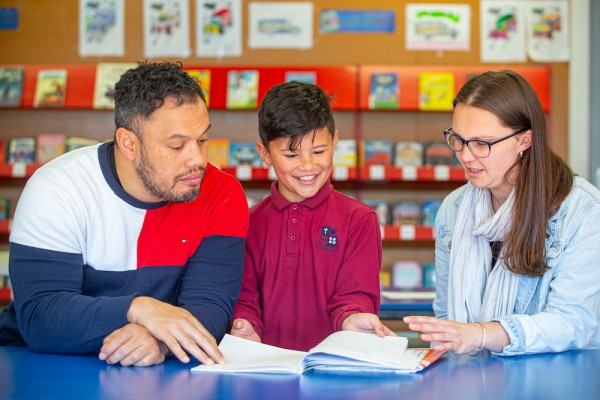
Knowing yourself
Learning more about your background offers a deeper understanding of why you think, feel, or act in certain ways. If the way you do some things makes you feel like you don’t fit in, try looking at it in a different way – the things that make you different also make you unique. It is important that you understand your own distinctive identity and culture in meaningful ways in order to genuinely engage and respond to the distinctive identities and cultures of others.
- Identify your own culture.
- Explore your own assumptions and biases.
- Recognise and critically reflect on your own values and beliefs – how do these impact on daily actions and interactions with others?
- Do you feel a sense of belonging in your setting? Why? Why not?
Consider these factors:
- Do you value and validate the voices of all learners?
- In what ways do you co-construct learning in collaboration with learners?
- Are you familiar with and do you understand a range of pedagogical approaches from other cultures, alternative worldviews, and belief systems?
- How do you support learners to connect with their home languages?
- Do all learners have a deep sense of belonging in your setting?
- Does your learning environment authentically reflect the cultures of all learners in your setting?
- In what ways do you integrate your learners’ cultural values into your local curriculum?
Research shows that for young Māori and Pasifika, a strong cultural identity builds wellbeing. If we embrace and strengthen our cultural identity, we strengthen wellbeing and have a happy life.
“Ehara taku toa i te toa takitahi engari he toa takitini: I come not with my own strengths but bring with me the gifts, talents and strengths of my family, tribe and ancestors.”
Good teachers will incorporate cultural and linguistic elements, such as metaphors, blessings, proverbs, legends, individual values, inclusive and collaborative practices, and decision making processes; and integrate this knowledge into their planning and teaching practices. One of the most effective strategies for teaching Pacific learners is to identify and consider cultural models, methodologies, theories, and indigenous knowledge and approaches when working with Pacific learners, parents and ‘aiga. These include fa‘asamoa (the Samoan way), faka-Tonga (the Tongan way), faka-Tokelau (the Tokelauan way), faka-Niue (the Niue way), akano‘anga Kuki Airani (the Cook Islands way), and vaka Viti (the Fijian way).
Quality teaching practices, according to Pacific learners and their parents:
- Understanding that my identity, language, and culture is important to me.
- Pronouncing my name and words in my language correctly.
- Recognising that English may not be my first language, and communicating with me and my family in ways that we can understand.
- Not making fun of me and my family if our English is not fluent.
- Making an effort to use simple words and greetings in our own language.
- Including my parents in my learning journey and knowing that they value being involved.
- Communicating well and asking questions when you are unsure.
- Doing research to find out more about me, my family, culture, and home island.
- Incorporating stories, legends, myths, events, activities and symbols that I understand and are relevant to me when teaching.
- Understanding values that are important to me and my family; for example, faith, spirituality, and family.
- Being a strong, kind, honest, passionate, open-minded, understanding, flexible, and compassionate leader who cares about me.
- Knowing that I want to learn but in a way and at a pace that is suitable for me. (Tapasā, 2018, p.9)
The bigger picture – links to the curriculum, codes and standards, and Tātaiako
Tapasā is a complementary framework that aligns with The Code of Professional Responsibility, Standards for the Teaching Profession, and Tātaiako; three documents that set out expectations for the cultural responsiveness of teachers. As a sector we are obliged to be culturally responsive, in accordance with these documents.
The Code of Professional Responsibility outlines the expectations of every teacher as a member of the profession. The Code identifies teachers’ responsibilities to learners, whānau, society, and to the profession. The Standards for the Teaching Profession describes effective teaching practices across all education settings. In each setting, teachers and professional leaders are expected to work together to integrate, contextualise, and refine their own understandings of what each standard looks like as quality practices in their place.
Tapasā concentrates on effective teaching practices for Pacific learners. Tātaiako outlines effective teaching practices for Māori learners. Both the Tapasā and Tātaiako frameworks are designed to support culturally responsive practices that are beneficial for all learners.
